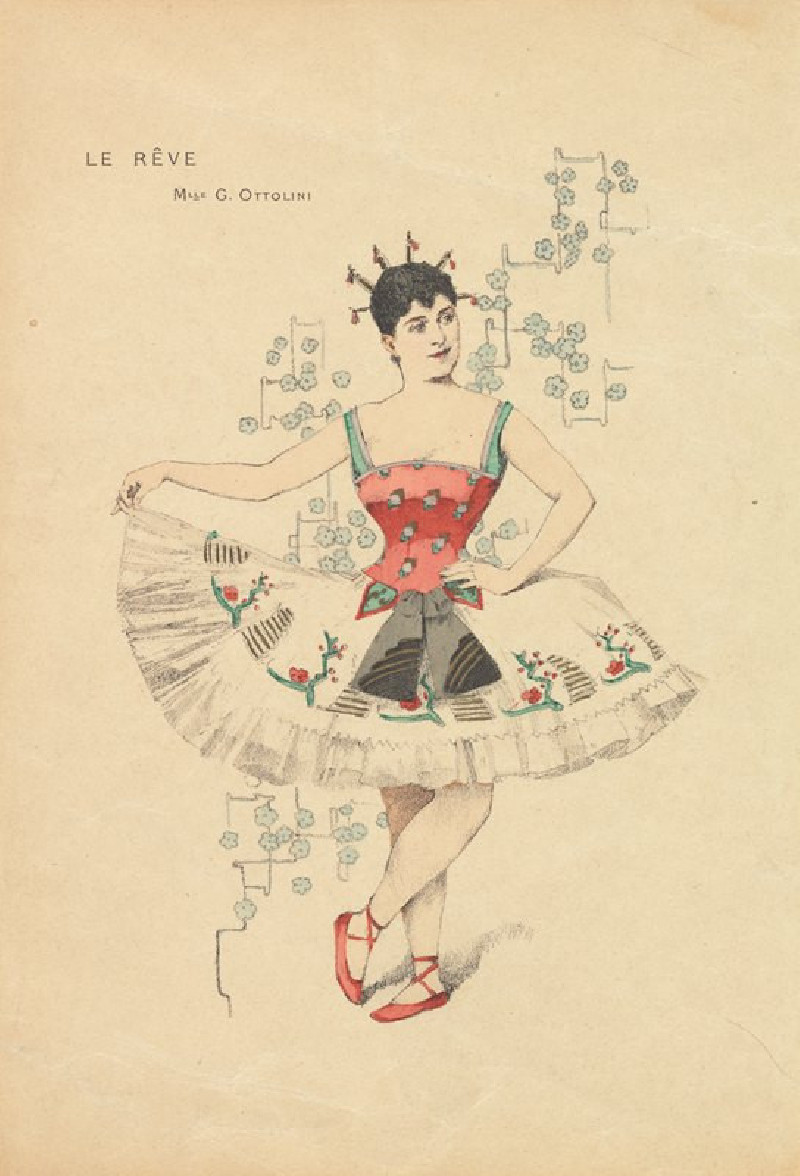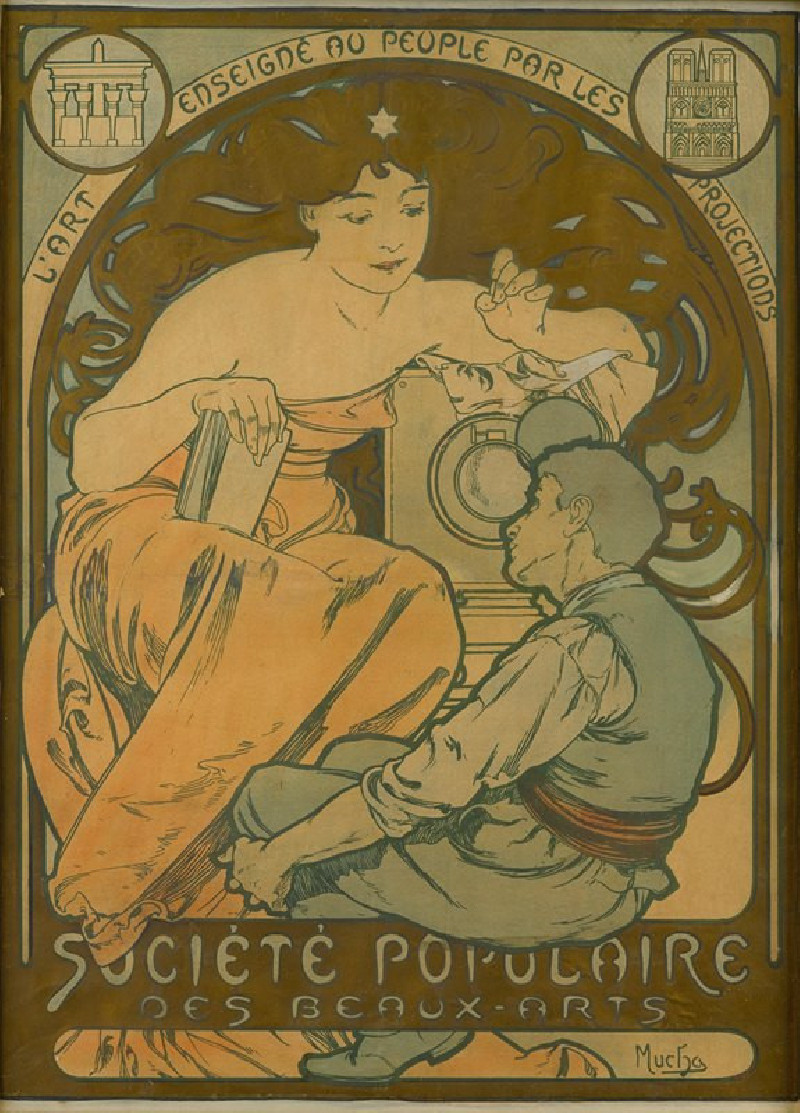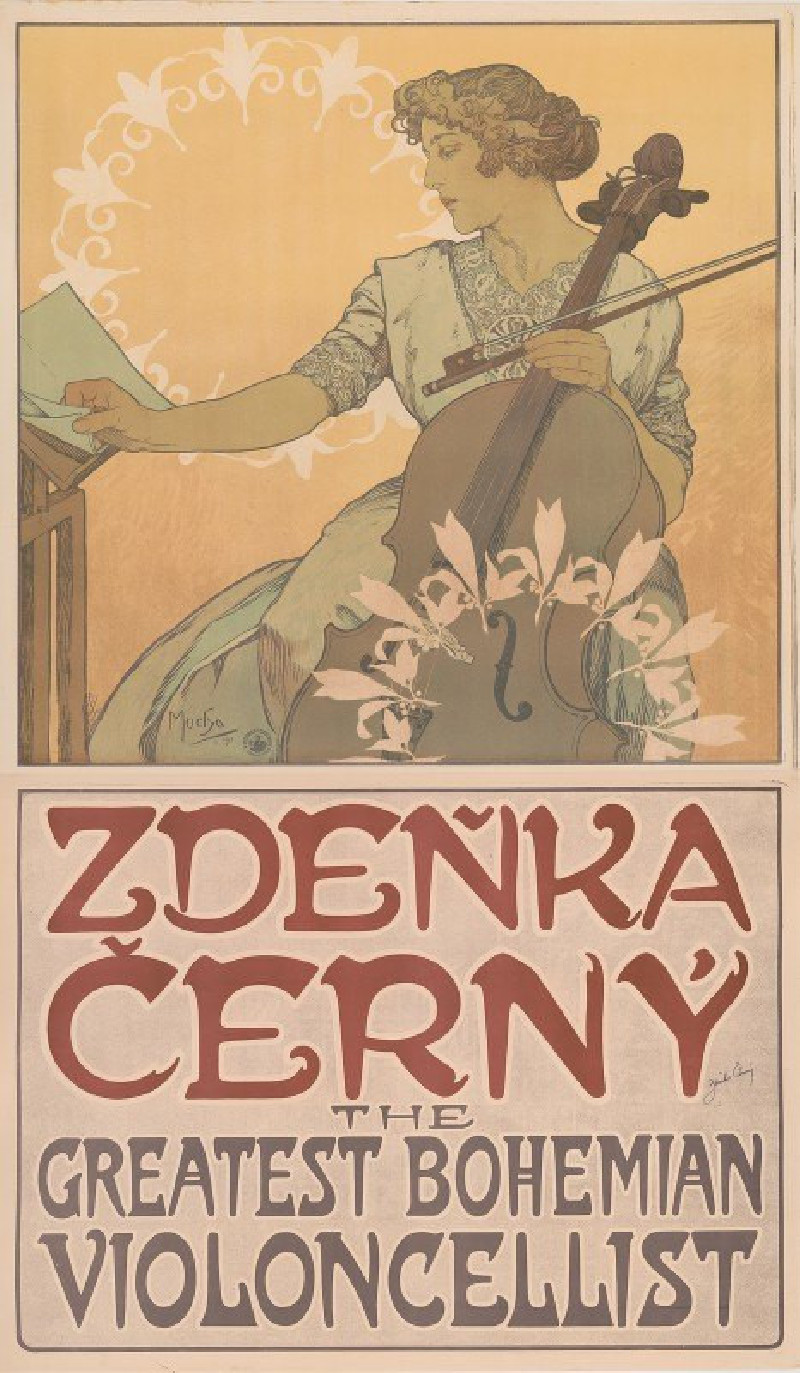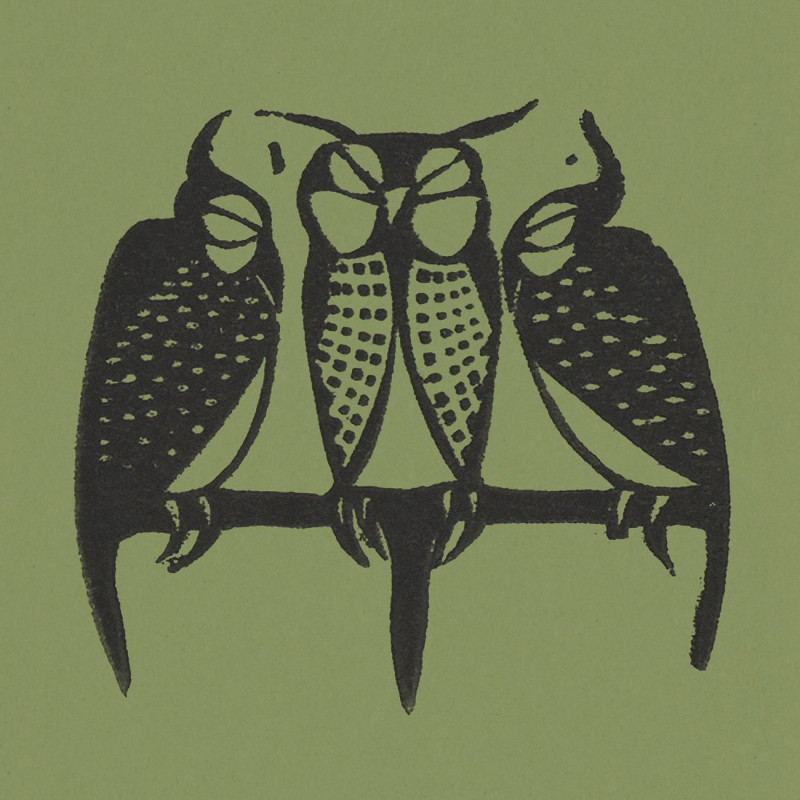Amants (1895)
Technique: Giclée quality print
Recommended by our customers
More about this artwork
"Amants" by Alphonse Mucha, created in 1895, is a beautiful illustration linking the worlds of art and theater. The painting is a characteristic example of Mucha's work, emphasizing elaborate and decorative art nouveau styles, with its intricate line work and pastel palette.This artwork appears to serve as a poster for a comedic play by M. Donnay, as noted in the text "comédie de M. Donnay" within the design. The title "Amants" translates to "Lovers" in English, suggesting themes of romance and intimate human connection which is clear from the imagery.The composition is structured within a typical Mucha framework, with a mosaic of figures and scenes playing out across the canvas. On the left, characters engross themselves in various states of interaction, from embrace to leisurely lounging. The central image shows a man and a woman seemingly engaged in a significant moment, surrounded by other celebratory figures. Their central positioning and the man's protective arm around the woman highlight their importance.On the right side, amidst elements of a possibly festive setting, there's another romantic interaction depicted amidst the background. Throughout the painting, the use of floral elements, flowing garments, and elegant poses create a sense of movement and lyrical beauty.This painting, like much of Mucha's work, not only captures an aesthetic and mood but also a narrative, inviting the viewer to delve into a story of love and artistry.
Delivery
Returns
Alphonse Maria Mucha also know internationally as Alphonse Mucha (1860-1939), was a Czech graphic artist, painter and illustrator. He lived in Paris during the Art Nouveau period, and is best know for his noticeably stylized and decorative theatrical posters like those of Sarah Bernhardt, the most famous actress in paris at the time. Mucha produced paintings, advertisements, book illustrations as well as designs for carpets, jewelry and theatre sets, in what was called the Mucha style. His works featured beautiful young women in neoclassical robes surrounded by flowers which formed as haloes.














































